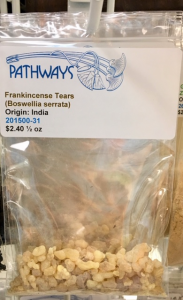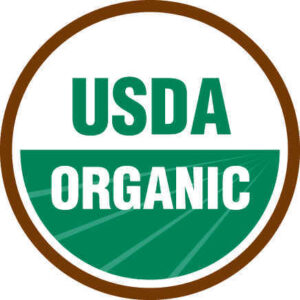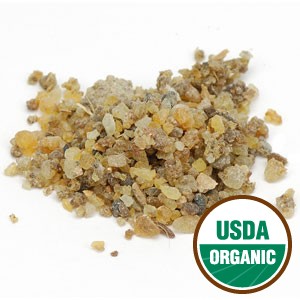Description


Botanical Name: Ethiopia: Boswellia papyrifera, India: Boswellia serrata
Common Names: Olibanum
Origin: India
Probably best known because of the Nativity story, Frankincense – derived from the resin of a tree called Boswellia serrata and other species of the same – has an interesting history. In Hebrew, its name is levonah, meaning ‘white;’ in Arabic, a closely-related language, it is ‘al-luban, a term referring to milk; the name of the modern country of Lebanon is derived from both. However, it came to be known as ‘frankincense’ when crusaders – many of whom were French or ‘Frankish’ – introduced it to Europe during the Middle Ages.
Dried Frankincense is used in numerous ways, including the manufacture of perfume and aromatherapy; ancient Egyptians used burnt powdered frankincense as eyeliner. The burning of the dried c/s boswellia serrata resin has also played a part in the religious rites of all three Abrahamic traditions.
Frankincense is thought to be non-toxic, but when using natural herbs for therapeutic purposes – even organic herbs – prudence and caution is called for. You should always seek out the counsel of a licensed herbalist or other healthcare professional if you are planning to use dried herbs for medicinal purposes.
Warning: Not to be used during pregnancy.
Note: Due to FDA regulations, we are unable to provide specific dosage information. We are also unable to answer questions requesting medical/healthcare advice. Please consult with a healthcare professional for more information and all information is taken from the supplier’s website.
Please note, these are weighed by humans, so a slight variance in weight may occur from time to time.


Reviews
There are no reviews yet.